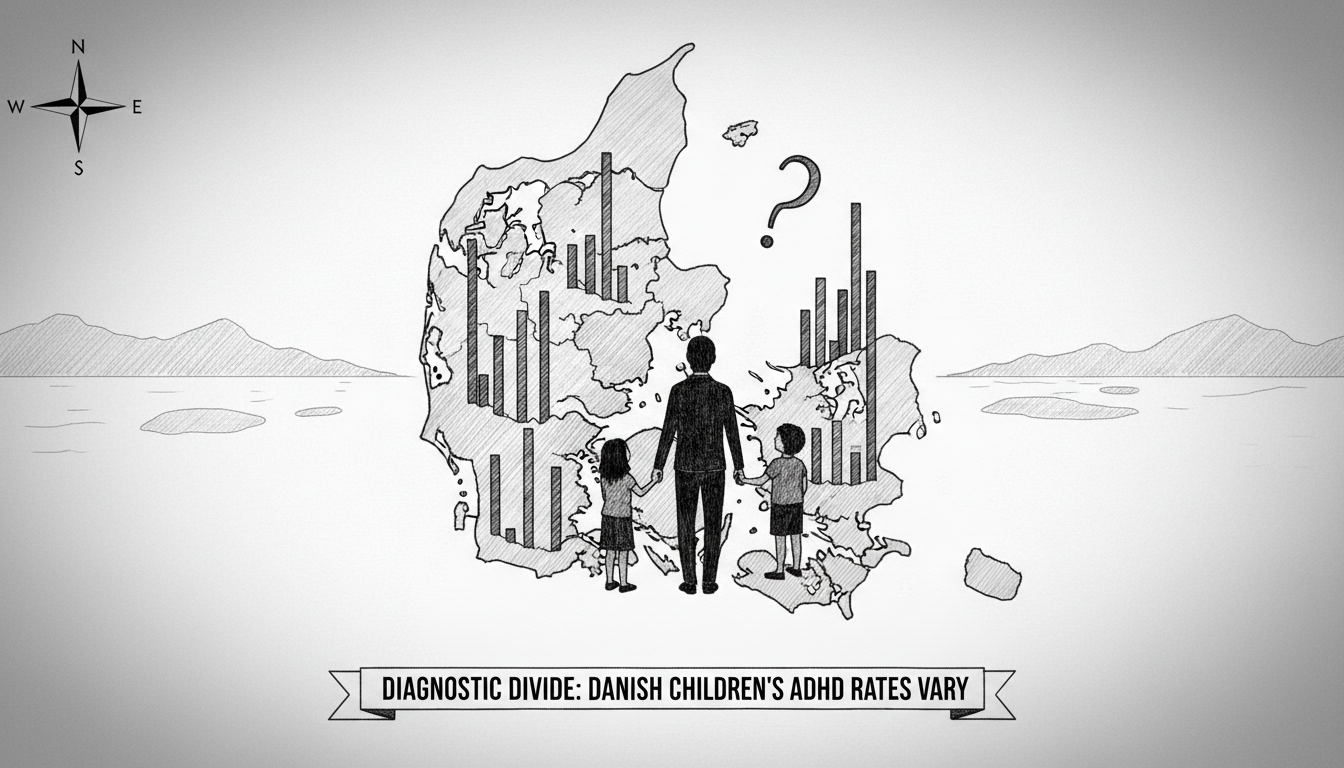Danish children receive ADHD diagnoses at dramatically different rates depending on where they live. A comprehensive study reveals striking geographic variations in diagnosis patterns across municipalities. Researchers from the University of Southern Denmark conducted the investigation among children aged four to seventeen years.
In Struer Municipality, 74 out of every 1,000 young people receive an ADHD diagnosis. Odense Municipality shows the lowest rate with only 15 diagnoses per 1,000 children. This creates a nearly five-fold difference between the highest and lowest diagnosis areas.
One of the lead researchers explains there's no evidence suggesting children in Odense actually have lower rates of ADHD. The variation likely stems from different medical traditions and approaches across regions. This discrepancy creates uncertainty for families who may feel they receive unequal treatment depending on their municipality.
The research map clearly shows Funen standing out with the fewest diagnoses overall. The chairman of the Southern Denmark Region acknowledges their professionals have taken different approaches to diagnosis. He emphasizes wanting the correct diagnoses to be made consistently across the region.
A political candidate from the Social Democrats expresses greater concern about the numbers. She states she doesn't believe fewer children on Funen actually have ADHD. Politicians now face the task of examining these differences and discussing them with healthcare staff.
Northern Jutland emerges as the region with the highest diagnosis rates on the map. Copenhagen Municipality records 30 diagnoses per 1,000 children, while Aarhus Municipality shows 35 per 1,000.
This diagnostic inconsistency raises important questions about healthcare equality in Denmark's decentralized system. Municipalities maintain considerable autonomy in healthcare delivery, which can lead to such regional variations. The findings suggest Denmark needs more standardized diagnostic protocols to ensure equal access to care regardless of geography.
International readers should understand that Denmark's healthcare system operates through regional administration with local implementation. This structure can create disparities in how conditions are identified and treated across different areas. The ADHD diagnosis gap highlights a challenge many decentralized healthcare systems face in maintaining consistent standards.
Parents and educators now question whether some children might be missing necessary support while others receive potentially unnecessary diagnoses. The research underscores the need for national guidelines that ensure all Danish children receive appropriate medical attention based on their needs rather than their postal code.

